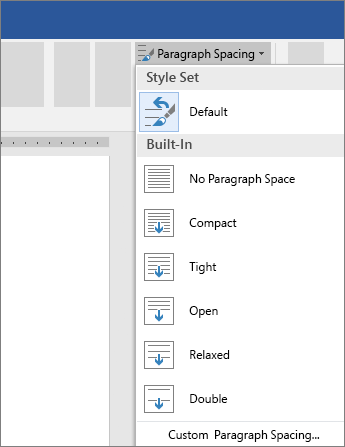
Remember to use your shortcuts! Ctrl + O to go to the Open screen in backstage view or Ctrl + F12 to bypass backstage view and display the Open dialog box. You can now either create a very simple bullet list or open an existing document which already contains a list.Let me show you the little checkbox responsible for this annoyance and how you can fix it in a few seconds! Add spacing between list items Here you can see if we do this the spacing jumps at the gap of 2 points. When you apply paragraph spacing to a bullet or numbered list, sometimes the spacing is only applied above or below the entire list, not in between each item within the list. There is a shortcut for changing spacing between lines without changing it manually from Leading box that is hold Alt button of keyboard and press Up Arrow key of keyboard for increasing value or Down Arrow key of keyboard for decreasing value. Pro Tip: PC users can press Ctrl + A to select the entire document if all the line spacing needs to be changed. Select the text with the line spacing that needs to be changed (see figure 3). I use this feature constantly so here comes the annoying part. (Optional Step) Select the Show/Hide button in the Paragraph group to show paragraph break symbols and other formatting that may affect line spacing (see figure 2). Paragraph spacing is a great way to add a little more space between your paragraphs. Let me show you how to change the spacing between items in a list. Cell spacing has a surprising effect on the look of a Word Table with single line borders. While cell margins are the space between the text and the edge of the cell, cell spacing puts space around each of the cells. I like to have my list items spaced apart a little, I don’t want them all squashed together. Word’s Table Options have an interesting choice, Cell Spacing.



They help me to summarise information and make my text stand out.


 0 kommentar(er)
0 kommentar(er)
